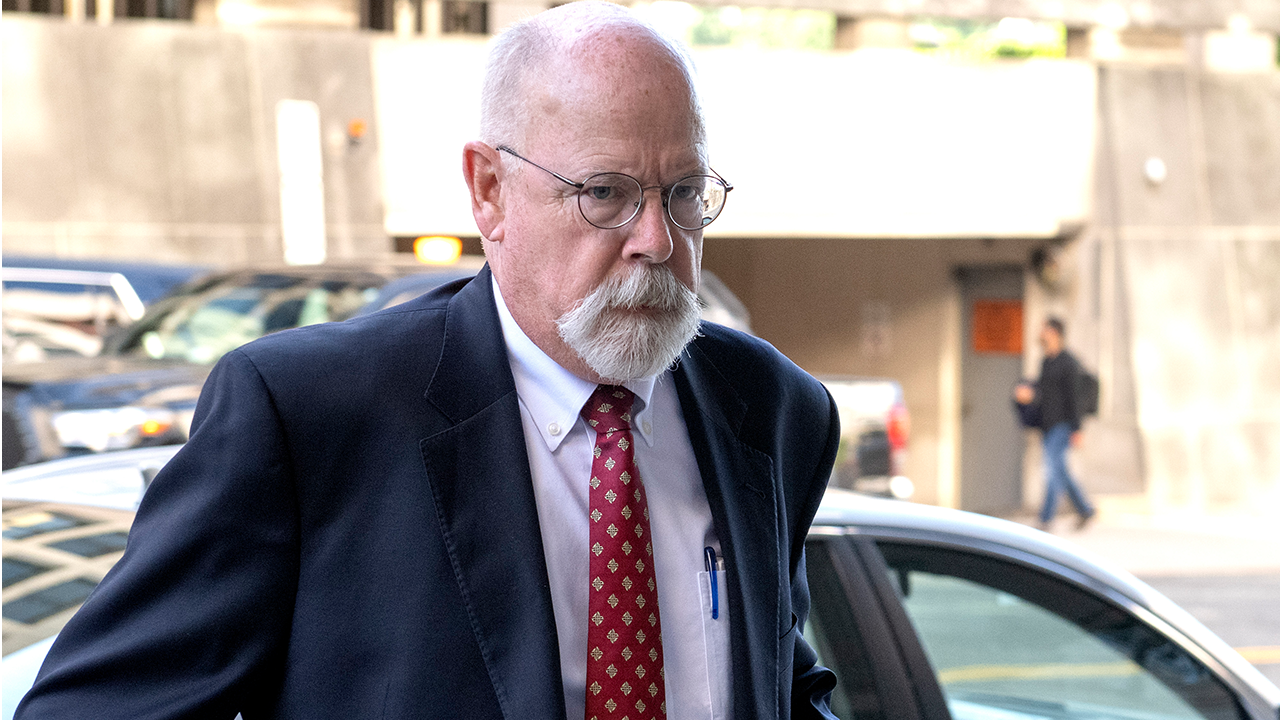Preparing for Nuclear War
If current news reports are any guide, most Americans are concerned about conventional military operations in the Middle East, in Africa, and in other geographic areas where U. S. interests are threatened. However, little attention is paid to possible nuclear confrontations, either regional (North Korea, Iran) or intercontinental (Russia, China). In spite of this, war planners would do well to know how we would wage nuclear war, should the need ever arise.
U. S. nuclear operations can be divided into three broad areas: weapons delivery systems, command and control, and post-attack reconstruction.
Long-range bombers (B1, B2, B52) are the traditional means of delivering nuclear weapons. The number of aircraft available for such missions has decreased since the mid-sixties, however, because of improvements in ground-to-air missiles by both the United States and by Russia. Still, there are post-attack targets that are suitable for these airplanes.
.
Land-based intercontinental ballistic missiles (Minuteman III) overcome the limitations of long-rang bombers; however, the locations of missile silos are well-known and targeted.
Submarine-launched missiles (Trident II) overcome the limitations of both bombers and land-based missiles because the submarines operate in a stealth mode, making them elusive, if not impossible targets for an enemy.
These three weapons delivery systems are known collectively as the Triad. Their targets are spelled out in what was once called the Single Integrated Operational Plan, SIOP for short. It became operational on 1 July 1961 and was intended to ensure that capabilities were carefully matched to targets and that there was no overlap among components of the Triad. In 2003 the SIOP became part of OpPlan 8044, the general war plan. In 2012 it became OpPlan 8010-12, Strategic Deterrence and Force Employment. Although SIOP is technically not a current term, most senior officers know precisely what it means.
Procedures for the command and control of nuclear weapons are spelled out in detail, the most important of which is the two-man rule. Aboard bombers, in missile silos, and aboard missile submarines, two senior persons must authenticate launch orders that come from the National Military Command Center (NMCC). The two-man rule applies also to the president of the United States, who must obtain concurrence from the Secretary of Defense before ordering a nuclear strike.
If the authorization for a nuclear strike is valid, the NMCC will issue an Emergency Action Message (EAM) to all nuclear-capable commands. This EAM will also be transmitted by the Alternate National Military Command Center (ANMCC) and by the National Emergency Airborne Command Post (NEACP). The EAM will specify targets, weapons to be used, and Permissive Action Link (PAL) codes to unlock the firing devices on the weapons.
When two senior officers in the NMCC simultaneously turn keys to release an EAM, 100 million people, 50 million on each side, will perish. But in the United States 250 million will remain and survive, though under desperate circumstances. In Russia approximately 90 million will survive. Other effects: infrastructure in shambles, destroyed power grids, nuclear fallout, critical shortages of food, water, and medical supplies. Americans will have to depend on Canada and Mexico for massive aid shipments, though the wall we are now building along our southern border may be an impediment to much of this aid.
The United States and Russia will no longer be first-rate powers. For the entire next generation after a nuclear exchange, both countries will be in reconstruction mode, just as Hiroshima and Nagasaki were in the years following World War II. In an atomic war there are no winners, only losers.
Source by Gary Jacobsen


